10 Actresses Who Redefined Beauty Standards in Hollywood
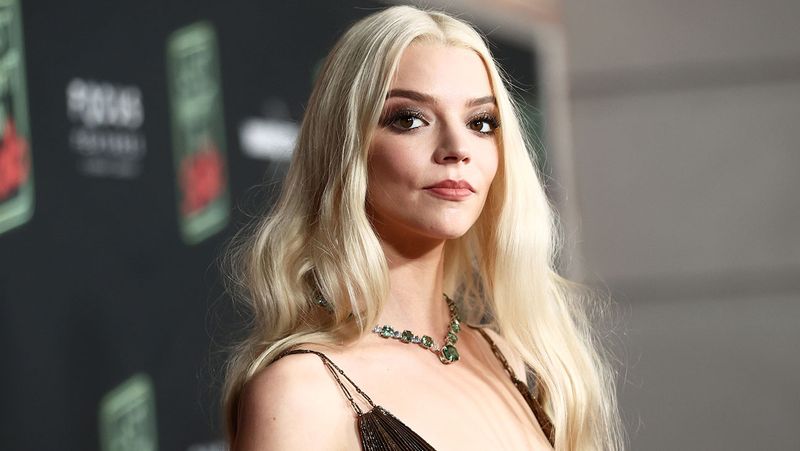
Hollywood has long been a powerful force in shaping how we define beauty. For decades, a narrow ideal dominated the silver screen, but certain brave actresses challenged these limitations. These women didn’t just star in films – they revolutionized our perception of beauty by embracing their unique features, refusing to conform, and showing audiences that beauty comes in countless forms.
1. Marilyn Monroe
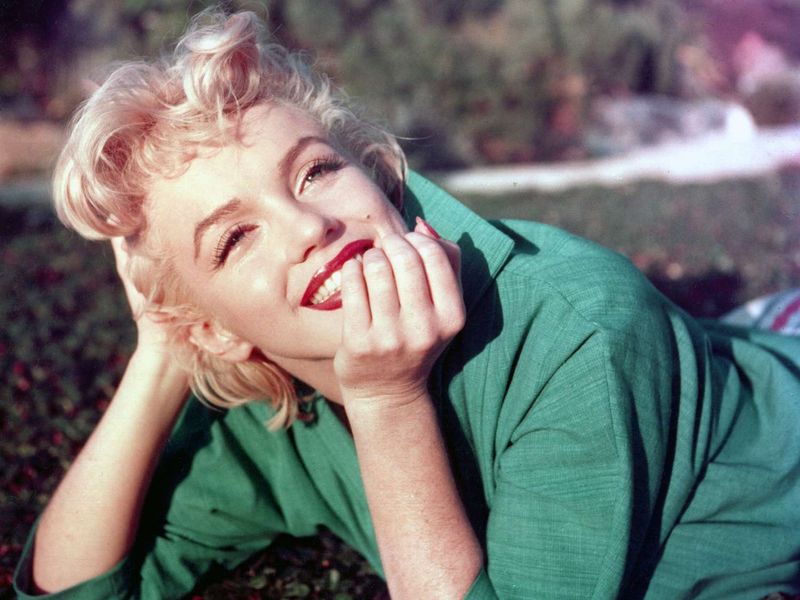
Before Marilyn, Hollywood idealized slender figures. She arrived with her iconic curves and forever changed beauty standards in the 1950s. Her hourglass silhouette became the new ideal, proving women didn’t need to be rail-thin to be considered beautiful.
What many don’t realize is that Monroe wore a size 12-16 by today’s standards—a far cry from the size 0 later glorified in fashion. Her platinum blonde hair and signature red lips created a look countless women emulated.
Monroe’s willingness to embrace her body type gave permission to generations of women to celebrate their curves rather than hide them. Her legacy continues to inspire body positivity movements today.
2. Barbra Streisand

With her distinctive nose and unconventional beauty, Barbra Streisand refused cosmetic surgery despite immense pressure from Hollywood executives. Her decision to maintain her natural appearance became a powerful statement about authenticity in an industry obsessed with conformity.
Streisand’s talent overshadowed traditional beauty expectations, winning her two Academy Awards, ten Grammy Awards, and countless other accolades. She proved that distinctive features could become signature assets rather than flaws to be corrected.
Young women with similar features found representation in Streisand’s success. Her confidence inspired countless fans to embrace their own unique appearances instead of pursuing surgical alterations to meet arbitrary standards.
3. Halle Berry
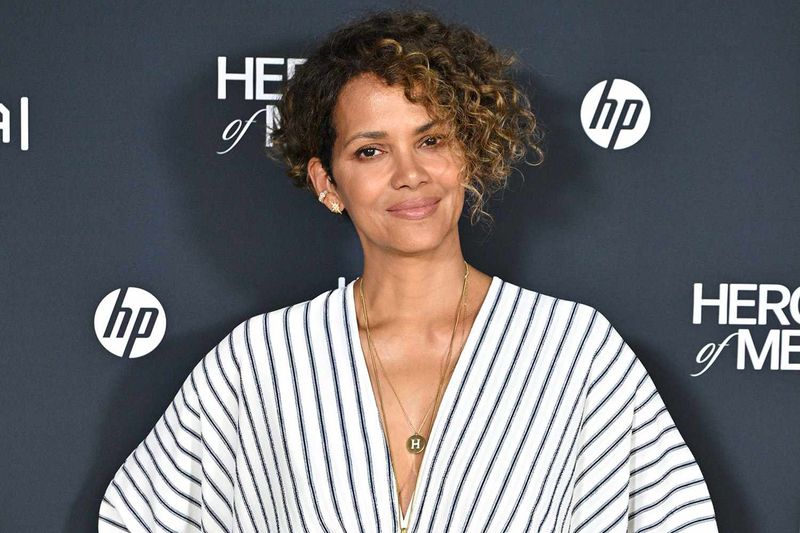
When Halle Berry won her historic Oscar in 2002, she didn’t just break barriers as the first Black woman to win Best Actress—she challenged Hollywood’s narrow beauty standards. Her pixie cut defied the long-hair expectations typically placed on leading ladies, showing short hair could be feminine.
Berry’s mixed-race heritage highlighted the beauty of diverse backgrounds at a time when mainstream media still largely promoted Eurocentric features. Her athletic physique in films like Catwoman showcased strength as beautiful, inspiring women to value fitness over thinness.
Throughout her career, Berry has aged naturally in the public eye, embracing her changing appearance and challenging the ageism that often sidelines actresses over 40.
4. Gwendoline Christie
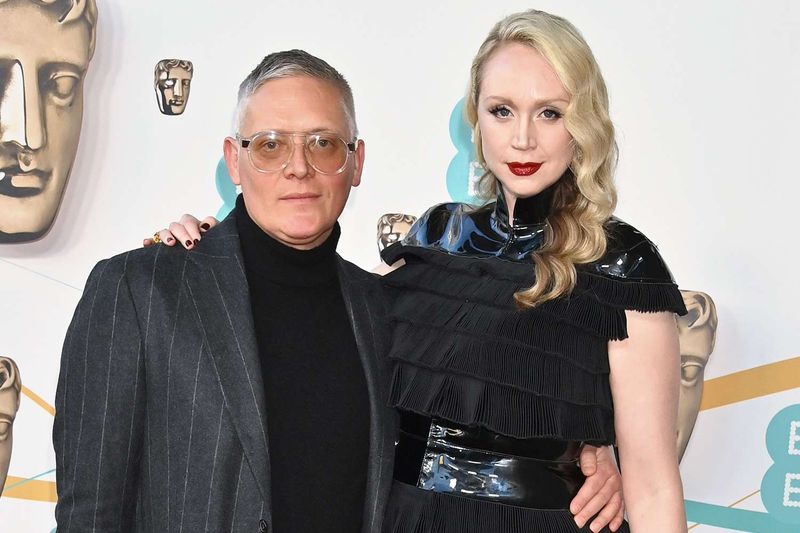
Standing at an impressive 6’3″, Gwendoline Christie towers over Hollywood’s typical petite actress archetype. Her breakthrough role as Brienne of Tarth in Game of Thrones celebrated her height and strength rather than attempting to diminish them.
Christie embraces fashion fearlessly, wearing high heels and avant-garde designs that accentuate rather than hide her statuesque frame. She’s spoken openly about initially feeling uncomfortable with her height before learning to see it as her superpower.
Her success has created visibility for tall women rarely seen in leading roles. Christie proves that commanding presence comes in all sizes, challenging the notion that women should be dainty or smaller than their male counterparts.
5. Julia Roberts
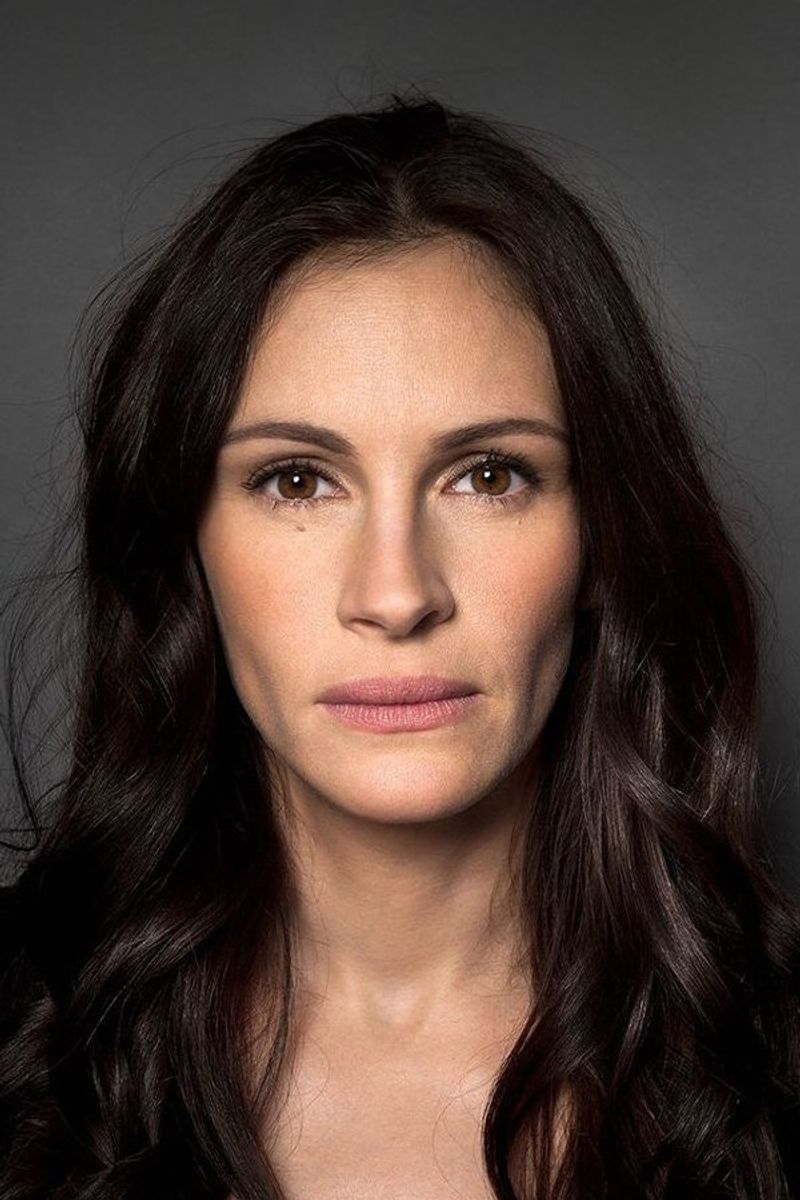
Julia Roberts’ wide, authentic smile revolutionized how we view beauty in Hollywood. Her signature grin, spanning ear to ear, became her most recognizable feature and challenged the restrained, perfect smiles previously favored in glamour photography.
Roberts famously refused to alter her natural teeth despite industry pressure. The slight imperfections in her smile made her seem more approachable and real to audiences tired of perfection. Her laughter-filled interviews showed personality could be more magnetic than physical perfection.
Young actresses following in her footsteps learned they didn’t need to maintain serious, pouty expressions to be considered beautiful. Roberts proved genuine joy and expressiveness could become a beauty trademark more powerful than any cosmetic enhancement.
6. Sarah Jessica Parker
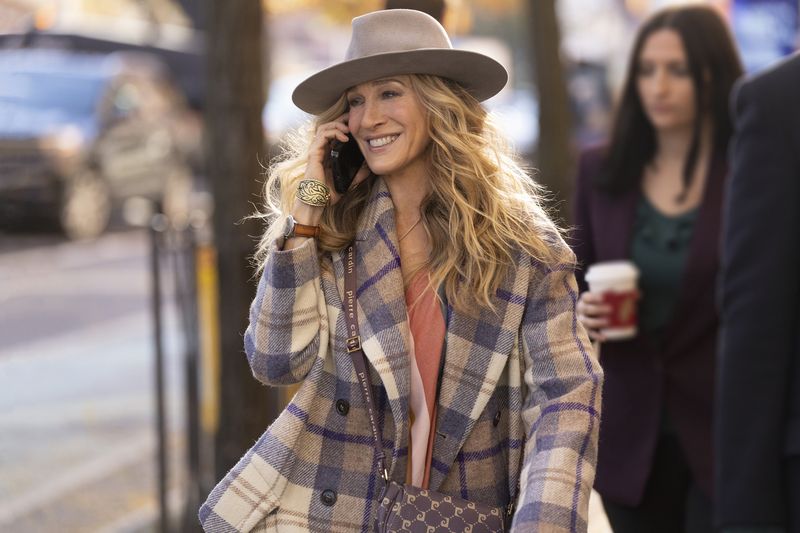
She transformed the fashion world through her role as Carrie Bradshaw, but her impact on beauty standards runs even deeper. Her angular features and unique nose stand in contrast to the button-nosed actresses typically cast as romantic leads.
Parker has openly discussed the cruel comments she’s received about her appearance throughout her career. Rather than succumbing to pressure for rhinoplasty, she embraced her distinctive features, proving unconventional beauty could carry a franchise.
As she’s aged in the public eye, Parker has rejected Hollywood’s obsession with youth. She’s spoken against digital age-reduction effects and beauty standards that expect women to remain perpetually 35, becoming an advocate for natural aging in an industry that often fears it.
7. Angelina Jolie
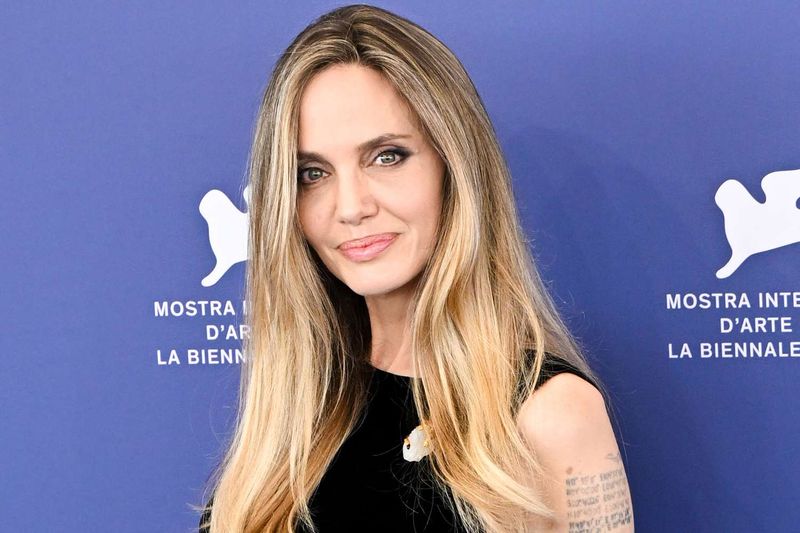
Angelina Jolie’s full lips became her trademark long before lip fillers were commonplace. In the 1990s, when thin lips dominated beauty trends, her naturally plump pout challenged conventional standards and eventually helped reshape them entirely.
Beyond her physical features, Jolie redefined beauty through her humanitarian work and adoption choices. She expanded the concept of beauty to include compassion and global awareness, showing that actions contribute to attractiveness as much as appearance.
After her preventative double mastectomy, Jolie spoke openly about her surgery and reconstruction. Her candor helped destigmatize mastectomies and showed that beauty and femininity remain intact even after such procedures, providing comfort to countless women facing similar health decisions.
8. Anya Taylor-Joy
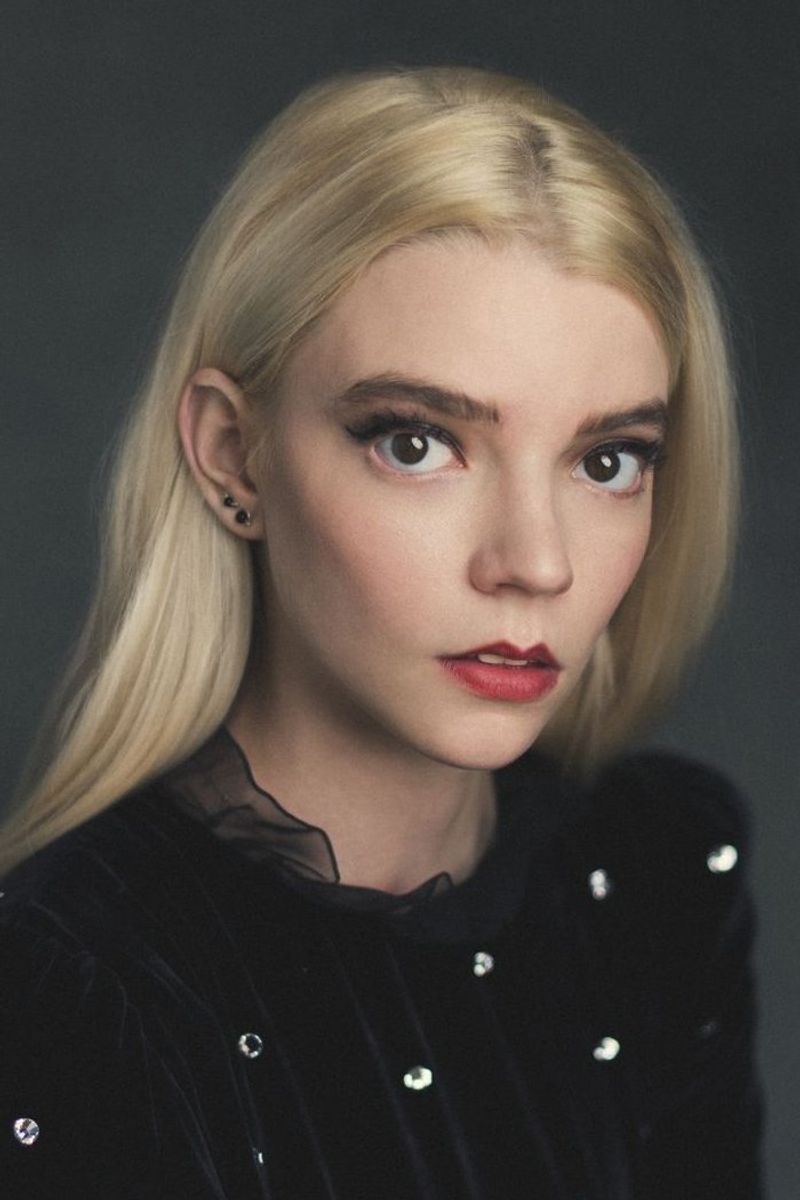
With her wide-set eyes and delicate features, Anya Taylor-Joy brings an almost otherworldly quality to the screen. Her unique appearance defies conventional beauty standards, yet has captivated audiences and fashion photographers alike.
Taylor-Joy’s pale complexion stands in contrast to the bronzed look that dominated beauty trends for decades. Her comfort in her natural skin tone has helped validate paleness as beautiful, giving representation to those who don’t fit the tanned ideal.
Fashion houses have embraced her distinctive look, casting her in major campaigns and celebrating features that might once have been considered too unusual for mainstream appeal. Her success shows how beauty standards have evolved to appreciate distinctive, memorable faces over generic prettiness.
9. Jenna Ortega
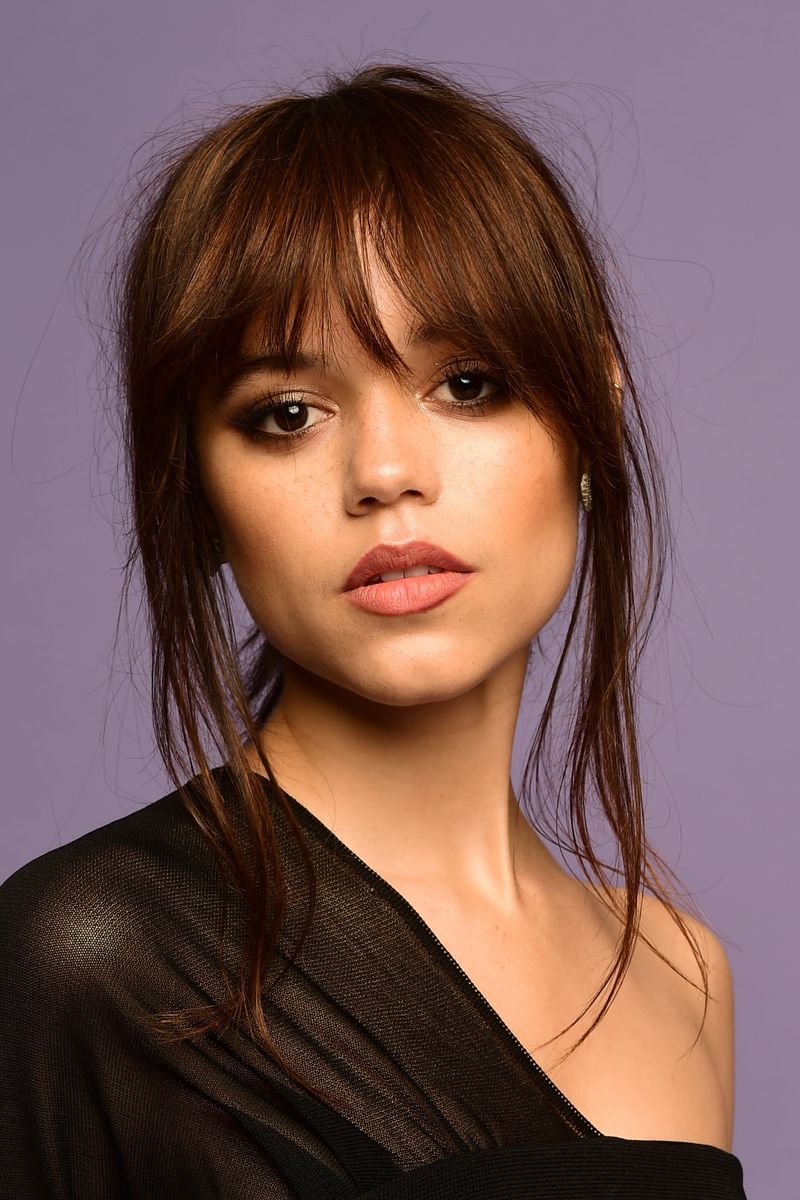
Jenna Ortega represents a new generation challenging beauty standards through authenticity and individuality. Her embrace of gothic aesthetics in personal style and roles like Wednesday Addams validates alternative beauty ideals outside mainstream expectations.
As a young Latina actress, Ortega provides crucial representation in an industry still working toward diversity. Her success helps dismantle the narrow ethnic beauty standards that have historically limited opportunities for actresses of color.
Unlike previous generations of young actresses pressured to present as hyper-feminine, Ortega maintains creative control over her image. Her willingness to appear unglamorous, intense, or even frightening in roles shows how Gen Z is redefining beauty to include emotional authenticity rather than just physical appeal.
10. Lupita Nyong’o
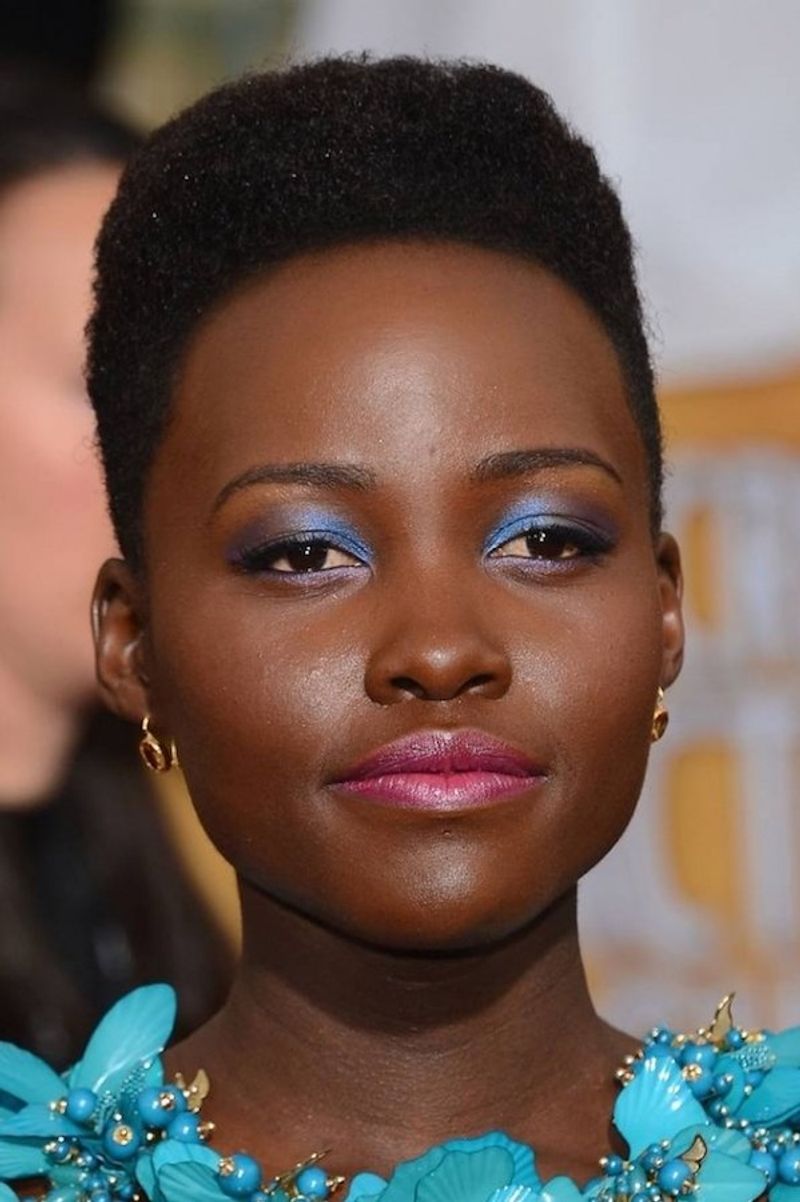
As a Hollywood star and beauty icon, Lupita Nyong’o broke barriers by representing women with deep skin tones, long marginalized by prevailing beauty ideals. Her 2014 People magazine “Most Beautiful Person” cover celebrated dark skin during an era when lighter complexions dominated mainstream media.
Nyong’o speaks openly about her childhood struggles with beauty standards that excluded her. Her success has directly influenced the cosmetics industry, which expanded shade ranges after being called out for neglecting darker skin tones.
Beyond skin tone, Nyong’o embraces her natural hair texture in various styles on red carpets. Her refusal to conform to straightened hair expectations helped accelerate the natural hair movement and challenged discriminatory beauty and professional standards worldwide.

Comments
Loading…